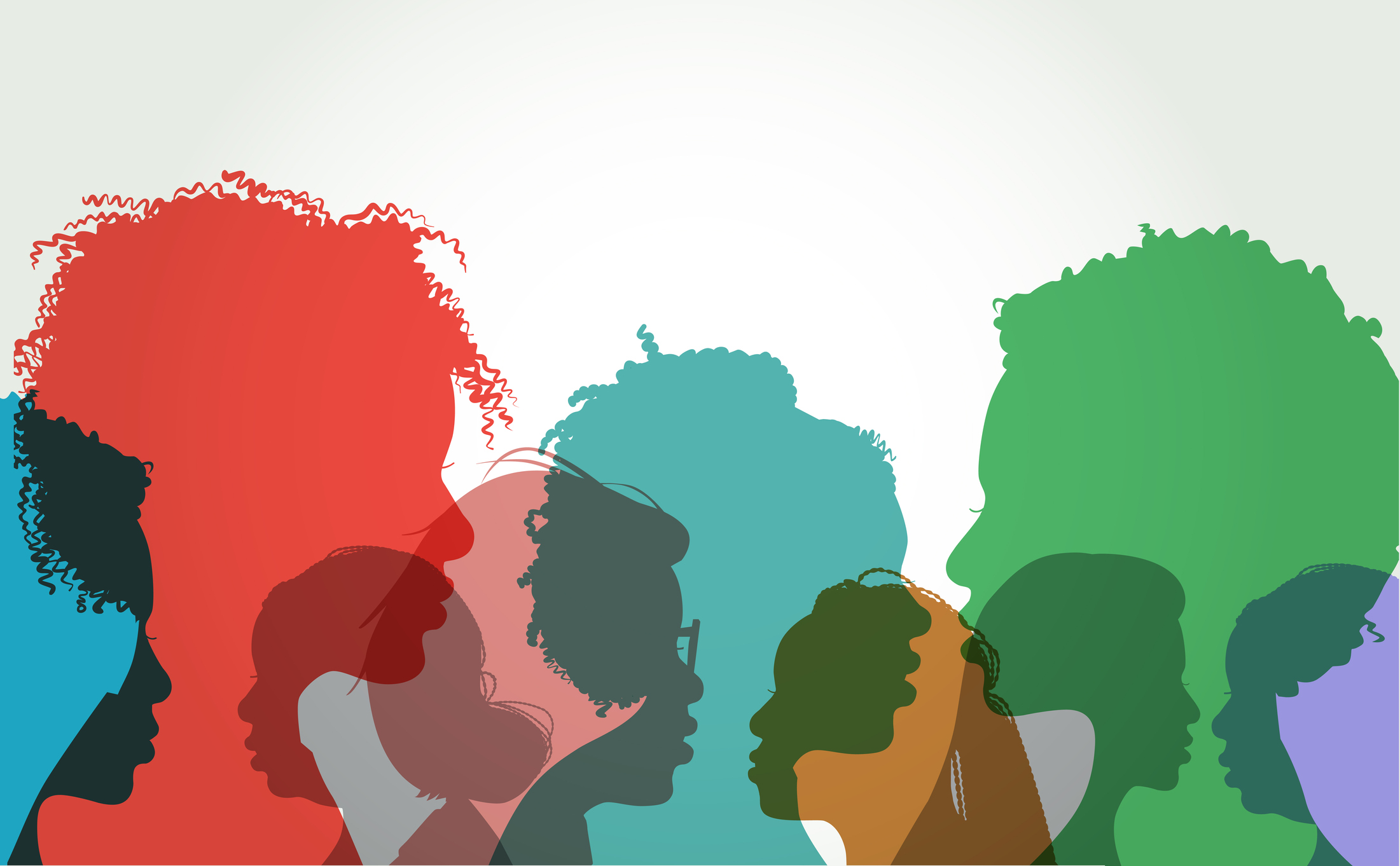An educated woman will educate her children, her community, her society and her nation.
“Overall, according to McKinsey, centering women in recovery efforts would grow global gross domestic product by an estimated $13 trillion, or 16%, by 2030. Because when women thrive, so do their families and communities.”
CTE can support Black women reentering the workforce.
High-quality CTE programs of study bolster job readiness skills, creating a bridge between poverty and the middle class. CTE prepares learners for careers in lucrative STEM occupations. But Black women are less likely to pursue STEM CTE programs, which only further perpetuates the lack of representation in these fields. Consider how the COVID-19 pandemic presented a unique opportunity. To realize equitable educational for Black girls and women in CTE, we must remove barriers by:
- Effecting policy changes
- Creating more inclusive academic environments
- Providing professional development for faculty on culturally responsive teaching
- Developing partnerships with industry professionals.
 eliminate biases from both sides. Further, student-centered learning spaces that incorporate culturally responsive teaching (CRT) will elevate students’ sense of belonging.
eliminate biases from both sides. Further, student-centered learning spaces that incorporate culturally responsive teaching (CRT) will elevate students’ sense of belonging.
Create flexible learning opportunities.
Flexible learning opportunities — offered in remote or hybrid environments — can help meet the needs of older adolescent learners, especially those who may be single mothers. Transportation services and stipends can increase persistence and completion rates. Further, consider diverse methods of content delivery to address specific needs or ability levels. For example: Introduce technology as needed for specific job duties to reduce learning barriers.
Align programs of study with industry needs.
STEM and CTE programs should strive to meet identified industry needs, now and in the future, to support a comprehensive workforce education initiative. Sitewide assessments must ensure appropriate forward momentum is maintained. When this work occurs, with appropriate program scaffolding, learners graduate ready to enter the workforce.
Through partnerships with local businesses, educators can provide learners with meaningful work experience. Northland Workforce Training Center of New York offers earn-while-you-learn apprenticeship programs in mechanical engineering technology, an excellent model for programs that work for women wanting to enter or reenter the workforce.
Involve Black girls >amp; women as co-researchers in the planning process.
Empower students’ voices in their learning communities; ask them what’s important and how or if they perceive curriculum to be effective. It builds rapport with learners. Black girls’ perceptions of their lived experiences — traversing an obstacle course toward equity in education — must be revealed. Our own unconscious biases must be examined, and discriminatory policies and gatekeeping procedures must be reconstructed. Include Black girls and women in these conversations.
Assemble student success teams to address the systemic inequities faced by Black girls. Stakeholders meet regularly to develop strategies for success. In these spaces, seek input from learners regarding how to engage in the content. Black girls have stories to tell, about their lives, about their communities and their experiences of being Black and female in educational spaces. Listening to their stories from their perspectives can be transformational for the girls involved and the educators. It is through their stories that systems of oppression can be revealed and deconstructed. Use the knowledge you gain to inform curriculum development that encourages their participation.
Track student progress and intervene.
It is essential to track student progress at regular intervals and conduct interventions as necessary. The Freshman OnTrack program, implemented more than a decade ago in Chicago Public Schools, increased graduation rates from 57% to 76% percent for Black and Latinx male students between 2006–2018. Approximately 66% of students in the program enrolled in two- and four-year programs immediately after graduation.
Similar rigorous support programs for Black girls will yield positive achievement outcomes. Educators, raise the bar for your Black female students through growth mindset practices, remind.ing them that the harder they work the more they can achieve. Girls Garage, an organization supported by the Bill >amp; Melinda Gates Foundation, offers a program for girls ages nine through 17 to develop their voices and technical skills in programs related to welding, carpentry, architecture and screen printing. Learners are not asked to be fearless but to achieve in spite of the fear. Fear less. The growth mindset will propel Black girls into competitive postsecondary STEM CTE programs and employment, helping themselves and their communities succeed.
Conclusion
Finally, the most valuable tool for supporting Black girls is through recognition and respect for their psychosocial identities. Black girls are called upon by society to be resilient in the face of systemic gendered racism and to ignore the historical pain and sadness that informs their identity. But, within counterspaces, Black girls and women use storytelling to release negative feelings. Counterspaces can equip Black girls with a strong sense of self as they navigate their social universes.
Include opportunities to interact with Black female professionals from a wide variety of STEM CTE occupations. Professionals sharing their experiences can redefine strength and dispel sadness. Curriculum attributes should include class discussions that showcase the contributions of Black women to various fields of STEM and CTE. Another positive, self-efficacy-building activity may include students sharing selected affirmations to counter the stereotypical narrative that Black women cannot be successful in STEM occupations.
Black female students’ participation in STEM CTE pathways is essential to economic growth. Providing early opportunities for Black girls will increase curiosity as well as self-efficacy. When given the opportunity, Black girls and women can be great innovators and creators of STEM knowledge beneficial to all members of society. CTE can build the bridge to success in STEM occupations for Black women.
Monique Somma is a doctoral student in postsecondary CTE at the University of Nevada, Las Vegas. With this degree, she will create equitable spaces for adolescent Black girls to pursue careers in STEM. Somma has taught secondary CTE and STEM/STEAM subjects for more than a decade in Las Vegas, Nevada, and abroad.







